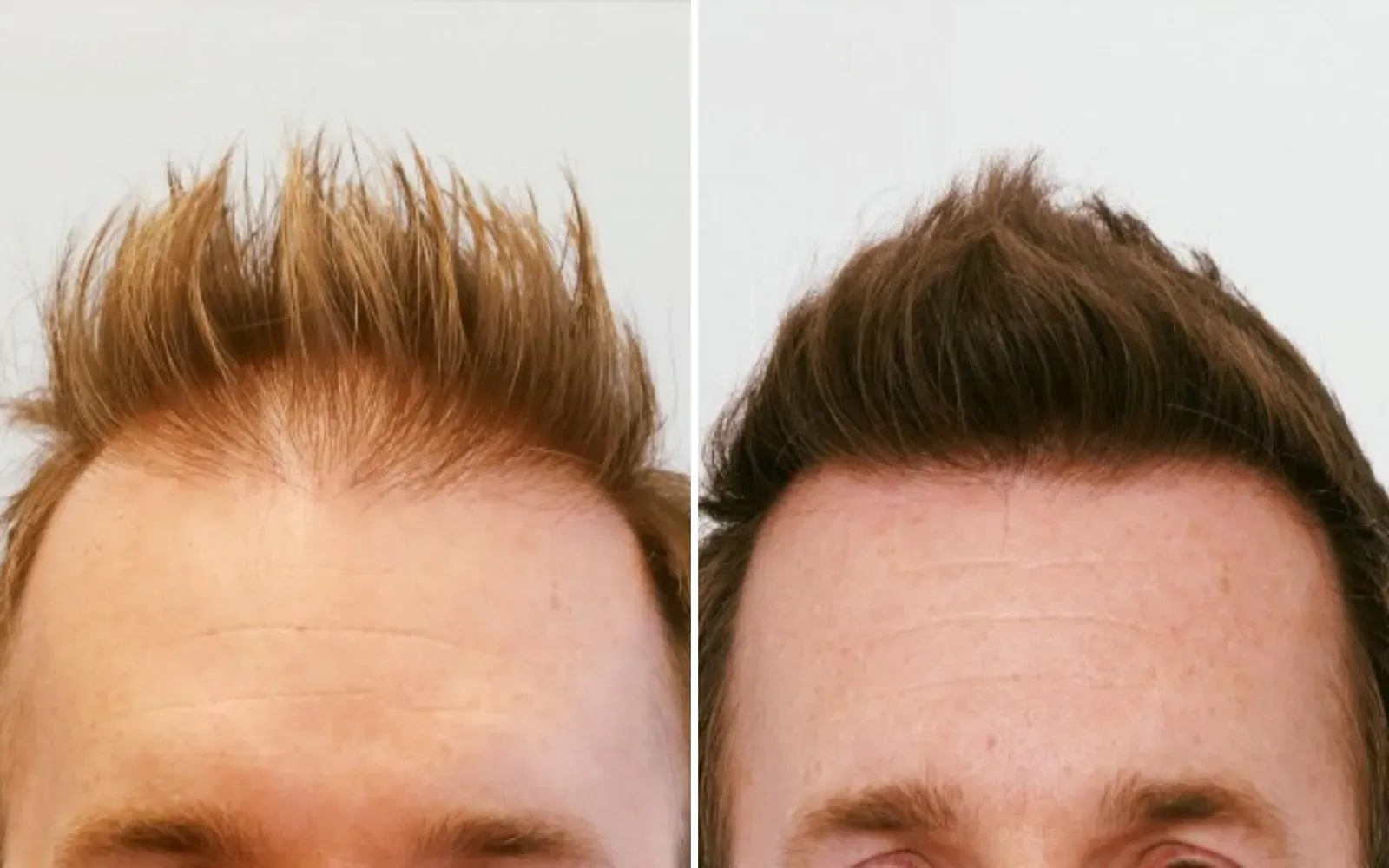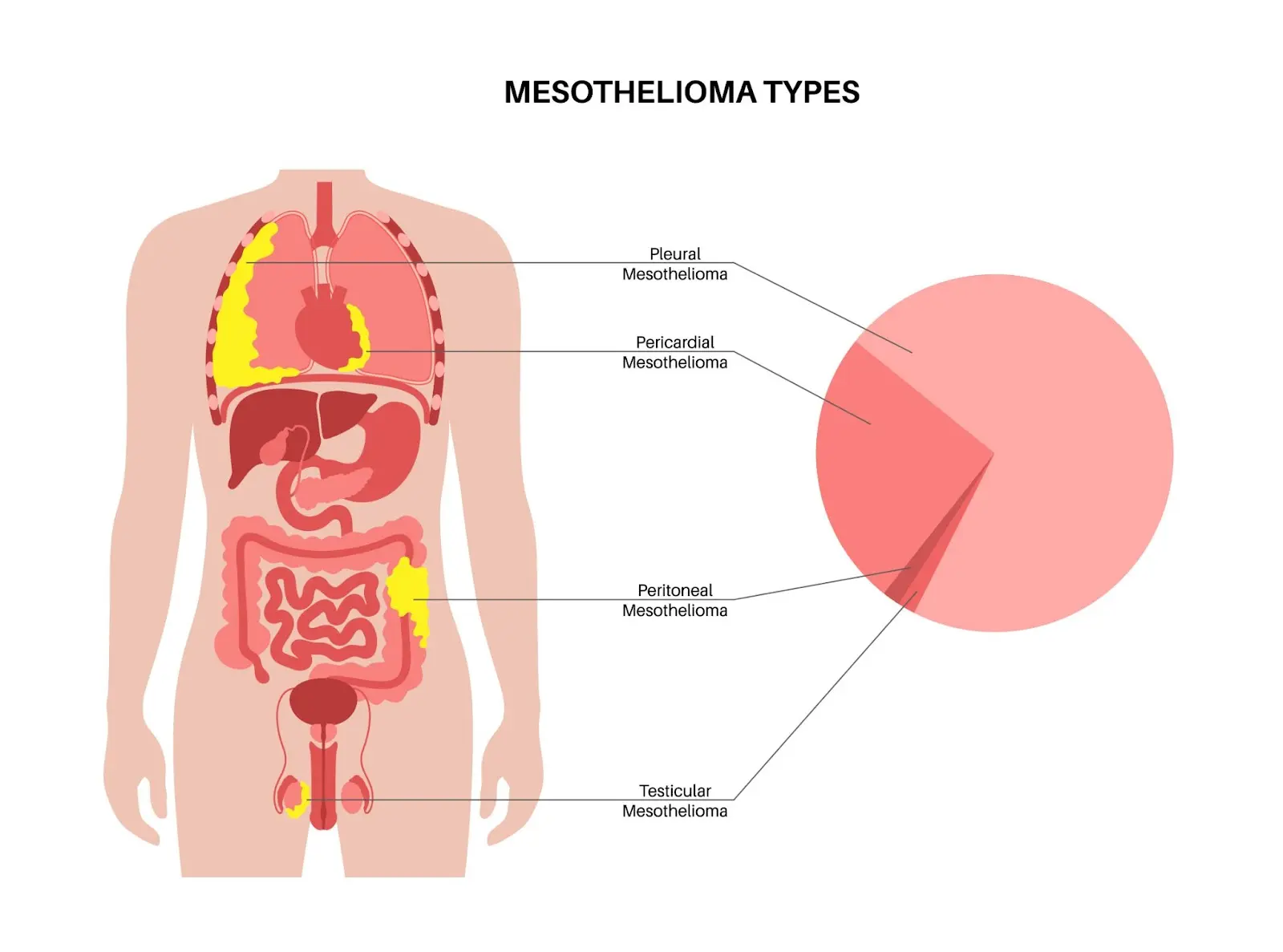Hairline Treatment Options: What Works in 2025
Understanding Hairline Restoration Procedures
Hairline restoration encompasses a variety of techniques aimed at improving the appearance of thinning or receding hairlines. Each procedure has unique characteristics, and the choice largely depends on individual needs, hair type, and desired outcomes. Some of the most popular procedures include: 1. **Follicular Unit Extraction (FUE)** 2. **Follicular Unit Transplantation (FUT)** 3. **Scalp Micropigmentation (SMP)** 4. **Platelet-Rich Plasma (PRP) Therapy**Follicular Unit Extraction (FUE)
FUE is a minimally invasive technique where individual hair follicles are extracted from a donor area and transplanted to the thinning or balding areas. This method is known for its natural-looking results and minimal scarring.Advantages of FUE include:
- Less invasive with no linear scar.
- Shorter recovery time compared to FUT.
- Natural-looking results.
However, FUE may not be suitable for everyone, particularly those with extensive hair loss or limited donor hair supply. Additionally, the procedure can be more time-consuming and costly than other methods.
Follicular Unit Transplantation (FUT)
FUT, also known as the strip method, involves removing a strip of scalp from the donor area, which is then dissected into follicular units for transplantation. This technique often results in a linear scar but can yield a higher number of grafts in a single session.Benefits of FUT include:
- Can harvest a larger number of grafts in one session.
- Generally more affordable than FUE.
- Effective for those with significant hair loss.
On the downside, the linear scar may be a concern for those who prefer shorter hairstyles. Recovery time is also longer compared to FUE.
Scalp Micropigmentation (SMP)
SMP is a non-surgical procedure that involves tattooing tiny dots on the scalp to simulate the appearance of hair follicles. This technique is ideal for individuals looking to create the illusion of density or cover areas of thinning hair.Key advantages of SMP include:
- Non-invasive with no downtime.
- Quick procedure and immediate results.
- Great for individuals with limited donor hair.
However, SMP is not a hair restoration method per se; it does not promote hair growth. The results may also fade over time and require touch-ups.
Platelet-Rich Plasma (PRP) Therapy
PRP therapy is a non-surgical treatment that involves drawing blood from the patient, processing it to concentrate the platelets, and injecting this solution into the scalp. The growth factors in PRP promote hair growth and improve hair density.Benefits of PRP therapy include:
- Stimulates natural hair growth.
- Minimal side effects and downtime.
- Safe and effective for various hair loss types.
However, PRP therapy may require multiple sessions for optimal results and is not suitable for everyone, especially those with certain medical conditions.
Factors to Consider When Choosing a Hairline Restoration Procedure
When selecting a hairline restoration procedure, several factors should be taken into account:| Factors | Considerations |
|---|---|
| Hair Loss Type | Understand the pattern and extent of your hair loss. |
| Donor Hair Availability | Assess the amount and quality of donor hair for transplantation. |
| Desired Results | Consider your expectations and what you hope to achieve. |
| Budget | Evaluate the costs associated with each procedure. |
| Recovery Time | Consider how much downtime you can afford. |
It is essential to consult with a qualified hair restoration specialist who can evaluate your specific situation and recommend the most appropriate procedure. A thorough assessment will help in determining the best course of action for your hair restoration journey.
Conclusion
Choosing the right hairline restoration procedure involves careful consideration of various factors, including hair loss type, donor hair availability, desired results, budget, and recovery time. Whether you opt for FUE, FUT, SMP, or PRP therapy, it's vital to seek professional advice to ensure the best outcome for your individual needs. With the right approach, you can achieve a fuller, more youthful hairline and regain your confidence.Explore

Guide to Hairline Restoration Options Near You

Effective Medications for Arthritis Pain Relief: What Works Best?

Mesothelioma Treatment Options: What Patients Need to Know

Understanding Childhood Asthma: Symptoms, Causes, and Treatment Options
Revolutionizing Care: Breakthroughs in Parkinson's Disease Treatment

Event Planning Software for Small Teams: Affordable and Effective Options

Find the Best Assisted Living Options Near You

Top Dental Insurance Options for Complete Coverage
